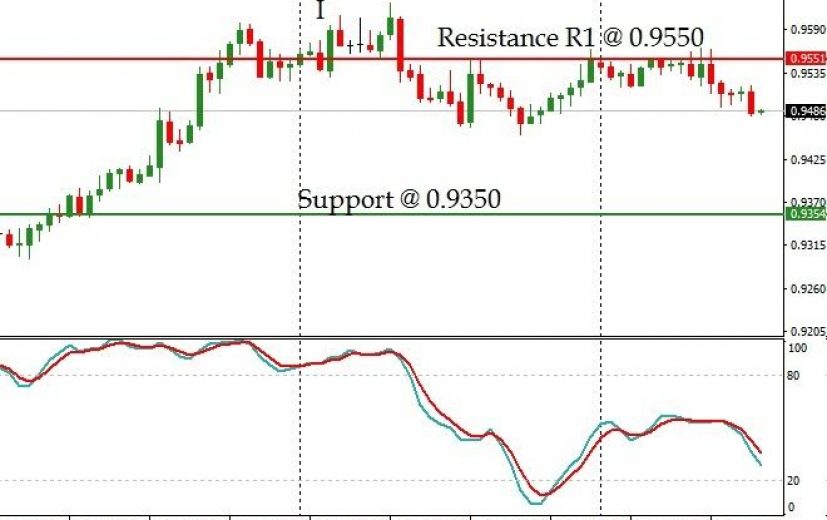 Lower than expected inflation rate, rise in unemployment and Trump’s plan to renegotiate the NAFTA agreement kept the Canadian dollar under pressure against the commodity currencies such as the New Zealand dollar.
Lower than expected inflation rate, rise in unemployment and Trump’s plan to renegotiate the NAFTA agreement kept the Canadian dollar under pressure against the commodity currencies such as the New Zealand dollar.
Since January 10th , the NZD/CAD pair has gained about 400 pips to attain a high of 0.9623. However, we anticipate a bearish reversal in the NZD/CAD pair due to the reasons mentioned below.
Last week, Statistics Canada reported that the consumer prices increased 1.5% y-o-y in December. The figure missed analysts’ expectation of a 1.7% rise in inflation rate.
However, it was way better than the 1.2% y-o-y increase reported in November. Earlier in January, the Statistics Canada surprised the market by announcing a trade surplus of C$0.53 billion in November 2016, compared with a trade deficit of C$1.02 billion in October. The reported trade surplus also surpassed analysts’ estimates of a trade deficit of C$1.06 billion.
PBS NewsHour
The price of crude oil continues to trade above $50, following an agreement between OPEC and other oil producing nations to cut production. During the previous quarter, crude oil hovered around $45 per barrel. The positive price gap is expected to add several billions to the export revenue of Canada.
Yesterday, Statistics New Zealand reported a surge in the unemployment rate to 5.2% in the fourth-quarter of 2016, from 4.9% in the earlier quarter. The reported unemployment rate missed analysts’ estimates of 4.8%. It is the highest recorded unemployment rate since March 2016.
The price of dairy products almost remained flat at $3,517 per ton during the dairy auction conducted in mid-January. The Global Dairy Index rose only 0.6%. New Zealand exports nearly 95% of its dairy production. Thus, the marginal rise in the price of dairy products and increase in the unemployment rate is expected to turn the New Zealand dollar weak against the Canadian dollar.
The NZD/CAD pair declined to a low of about 0.9460, after failing to stay above the level (R1) of 0.9550 (indicated by ‘I’ in chart). Since then, it has made another attempt to cross above R1. However, the pair was unable to overcome the selling pressure. The stochastic oscillator is also taking a U-turn. This indicates lack of buying support. So, we can anticipate the currency pair to go down and test the major support at 0.9350.
A currency trader can open a short position in the NZD/CAD pair to generate profit from the forecasted downtrend. The suggested entry level is about 0.9500. With a stop loss order above 0.9580, a trader can protect the account from large losses. The profit for the short position can be booked at 0.9350.
Investing in a put option would enable a trader to realize reasonable gains from the currency pair’s decline. The trade should be attempted only when the NZD/CAD pair trades above 0.9500. For the suggested trade, a trader should choose a date on or around February 10th as the expiry date.




